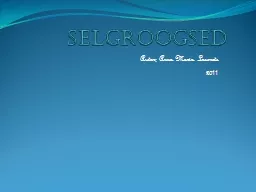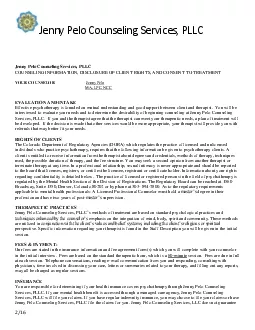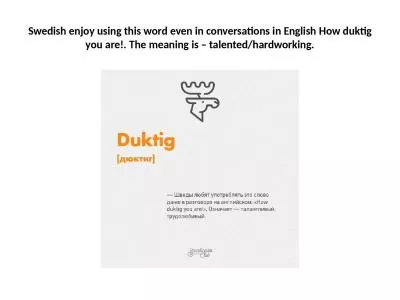PDF-In 2003, it was discovered that Jenny Lind (1820-1887), the Swedish so
Author : tatyana-admore | Published Date : 2015-09-02
On the trail of Mazurka by Jens A Jorgensen Published early April 2005 article in Chopin in the World theannual journal of the International Federation of Chopin
Presentation Embed Code
Download Presentation
Download Presentation The PPT/PDF document "In 2003, it was discovered that Jenny Li..." is the property of its rightful owner. Permission is granted to download and print the materials on this website for personal, non-commercial use only, and to display it on your personal computer provided you do not modify the materials and that you retain all copyright notices contained in the materials. By downloading content from our website, you accept the terms of this agreement.
In 2003, it was discovered that Jenny Lind (1820-1887), the Swedish so: Transcript
Download Rules Of Document
"In 2003, it was discovered that Jenny Lind (1820-1887), the Swedish so"The content belongs to its owner. You may download and print it for personal use, without modification, and keep all copyright notices. By downloading, you agree to these terms.
Related Documents














